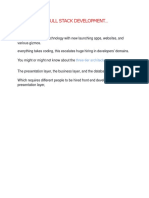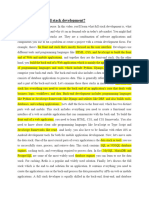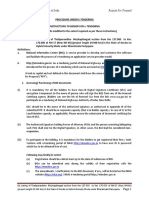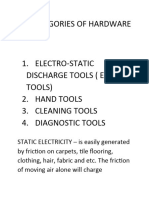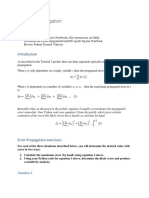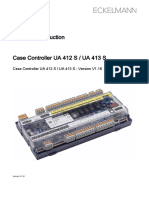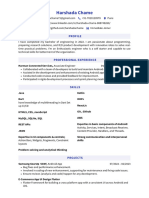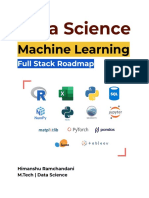0% found this document useful (0 votes)
58 views50 pagesFull Stack Development Seminar Presentation
The document provides an overview of full stack development, detailing the roles and skills of full stack developers, including front-end and back-end technologies. It discusses system analysis, design, and the importance of understanding user and system requirements for effective development. Additionally, it highlights opportunities and challenges in the field, along with resources for learning full stack development.
Uploaded by
biyakumilachewCopyright
© © All Rights Reserved
We take content rights seriously. If you suspect this is your content, claim it here.
Available Formats
Download as PDF, TXT or read online on Scribd
0% found this document useful (0 votes)
58 views50 pagesFull Stack Development Seminar Presentation
The document provides an overview of full stack development, detailing the roles and skills of full stack developers, including front-end and back-end technologies. It discusses system analysis, design, and the importance of understanding user and system requirements for effective development. Additionally, it highlights opportunities and challenges in the field, along with resources for learning full stack development.
Uploaded by
biyakumilachewCopyright
© © All Rights Reserved
We take content rights seriously. If you suspect this is your content, claim it here.
Available Formats
Download as PDF, TXT or read online on Scribd
/ 50






































